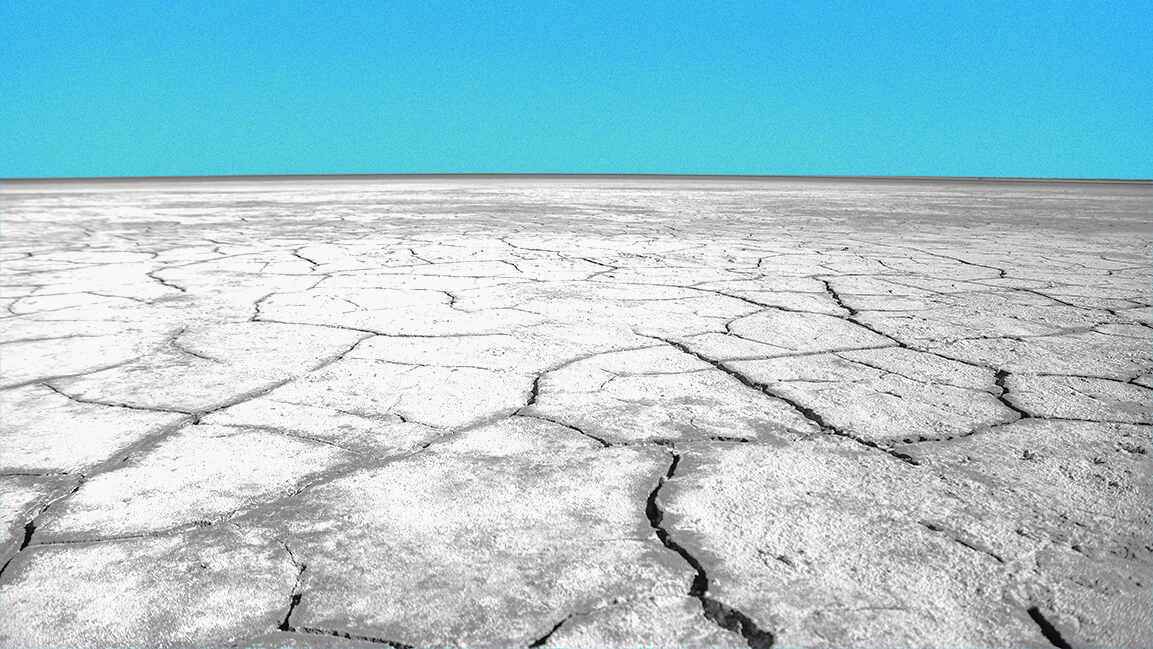- | 12:00 pm
Red Sea vanished 6.2 million years ago, then was restored by catastrophic flood, finds KAUST
The study reveals that the Red Sea was refilled by a massive flood from the Indian Ocean, a transformation that occurred in 100,000 years.

Researchers at King Abdullah University of Science and Technology (KAUST) have found conclusive evidence that the Red Sea completely dried up around 6.2 million years ago before being rapidly refilled by a massive flood from the Indian Ocean, a geological event that permanently reshaped the region.
Published in Communications Earth and Environment, the study provides a precise timeline of this transformation, which occurred over roughly 100,000 years.
Lead author Dr. Tihana Pensa said the Red Sea basin preserves evidence of one of the most extreme environmental transitions on Earth. The ancient flood revived marine conditions and reconnected the basin to the Indian Ocean.
The study reveals that the Red Sea was once linked to the Mediterranean through a shallow northern sill before tectonic shifts severed that connection. To the south, seawater from the Indian Ocean eventually surged across a volcanic ridge near the Hanish Islands, carving a 320-kilometer-long submarine canyon that remains visible today. The basin refilled in less than 100,000 years — nearly a million years before the Zanclean flood that refilled the Mediterranean.
Formed around 30 million years ago as the Arabian and African plates began to drift apart, the Red Sea initially existed as a rift valley that expanded into a gulf as Mediterranean waters flooded in. Fossil reefs near Duba and Umluj reveal a once-thriving ecosystem that collapsed as salinity increased between 15 and 6 million years ago, leaving behind thick salt and gypsum deposits before the massive flood restored marine life.































